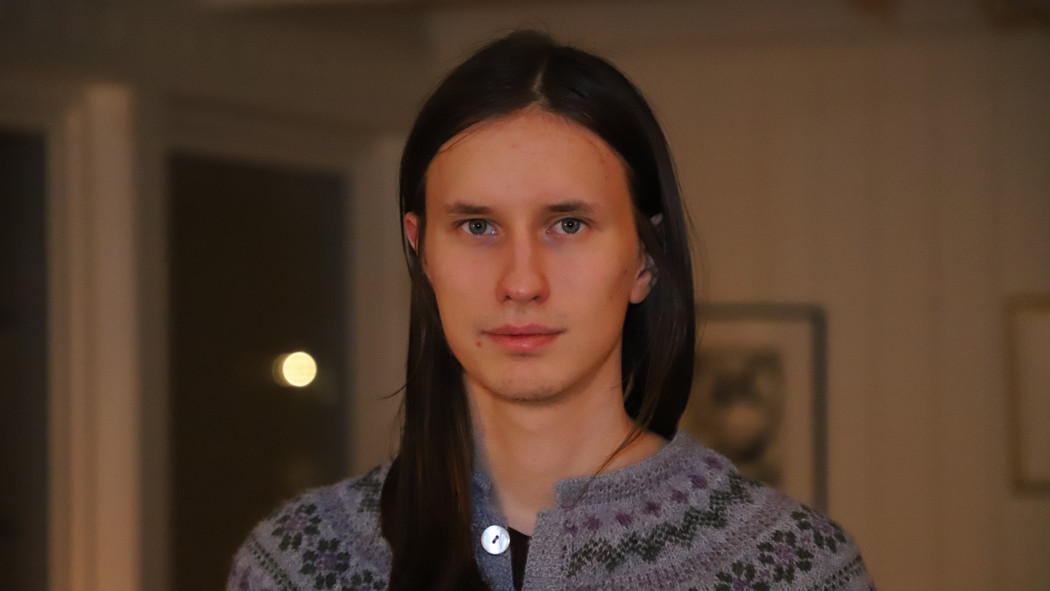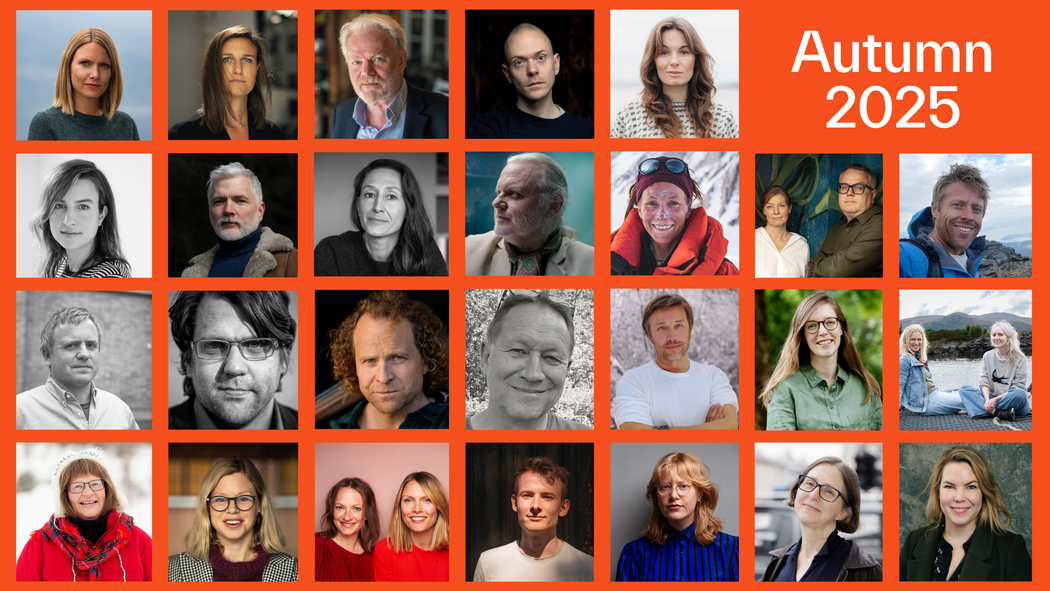Kaija Anttonen – Translator of the Month
Our translator of the month is Kaija Anttonen from Finland. Originally from Helsinki, Kaija has lived up north for 40 years, 30 years in northern Finland and 10 in northern Norway. She is a qualified translator and interpreter from Swedish and English, and has translated around 70 books thus far in her career. She translates fiction and non-fiction from Norwegian, Northern Sámi, Swedish, Finnish and English into both Finnish and English. When Kaija first moved to the municipality of Inari in the mid-1980s, she started teaching herself Northern Sámi with the help of friends and newspapers. With her knowledge of Swedish providing a strong foundation, she later learned Norwegian while living in Karasjok in the Norwegian county of Finnmark.
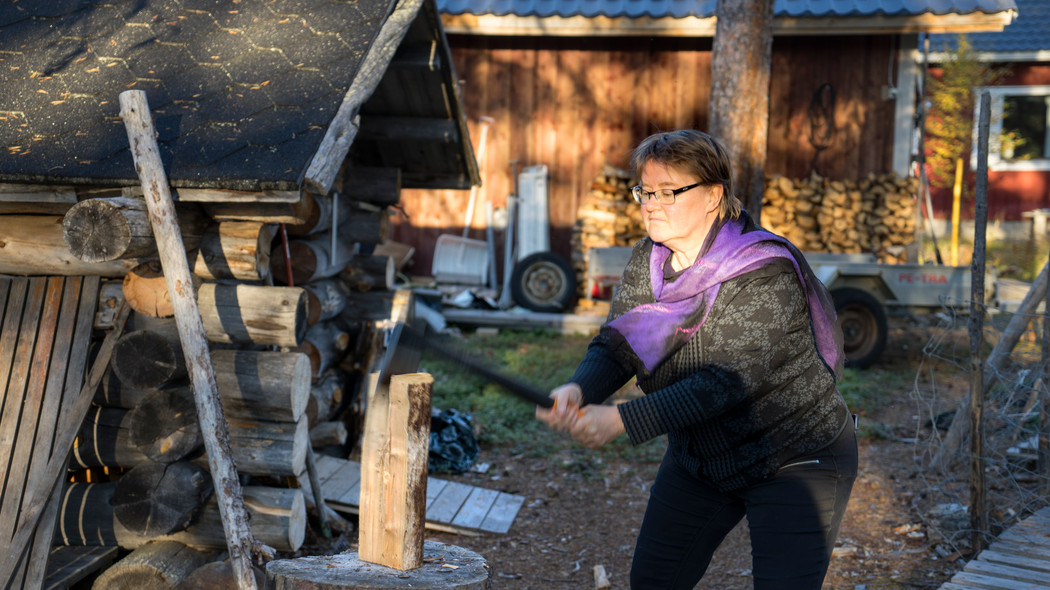
Over the past three decades, Kaija has focused in particular on Sámi literature. She has translated 29 Sámi books, and for the past ten years she has run her own publishing house, Kieletär Inari, with the mission of making Sámi literature available in Finnish. When she first established Kieletär Inari, the largest Finnish publishing houses had no interest in publishing Sámi literature. The situation has changed somewhat since then, but Kieletär Inari remains the leading publisher of Sámi books in the Finnish language each year.
In 2024, Kaija was awarded an artist’s grant from the Arts Promotion Centre Finland (Taiteen edistämiskeskus) in Lapland, Finland’s northernmost county, in recognition of her many years of work promoting literature, both as a translator and a publisher. It was the first time in northern Finland that this grant, covering all branches of the arts, was awarded to a translator.
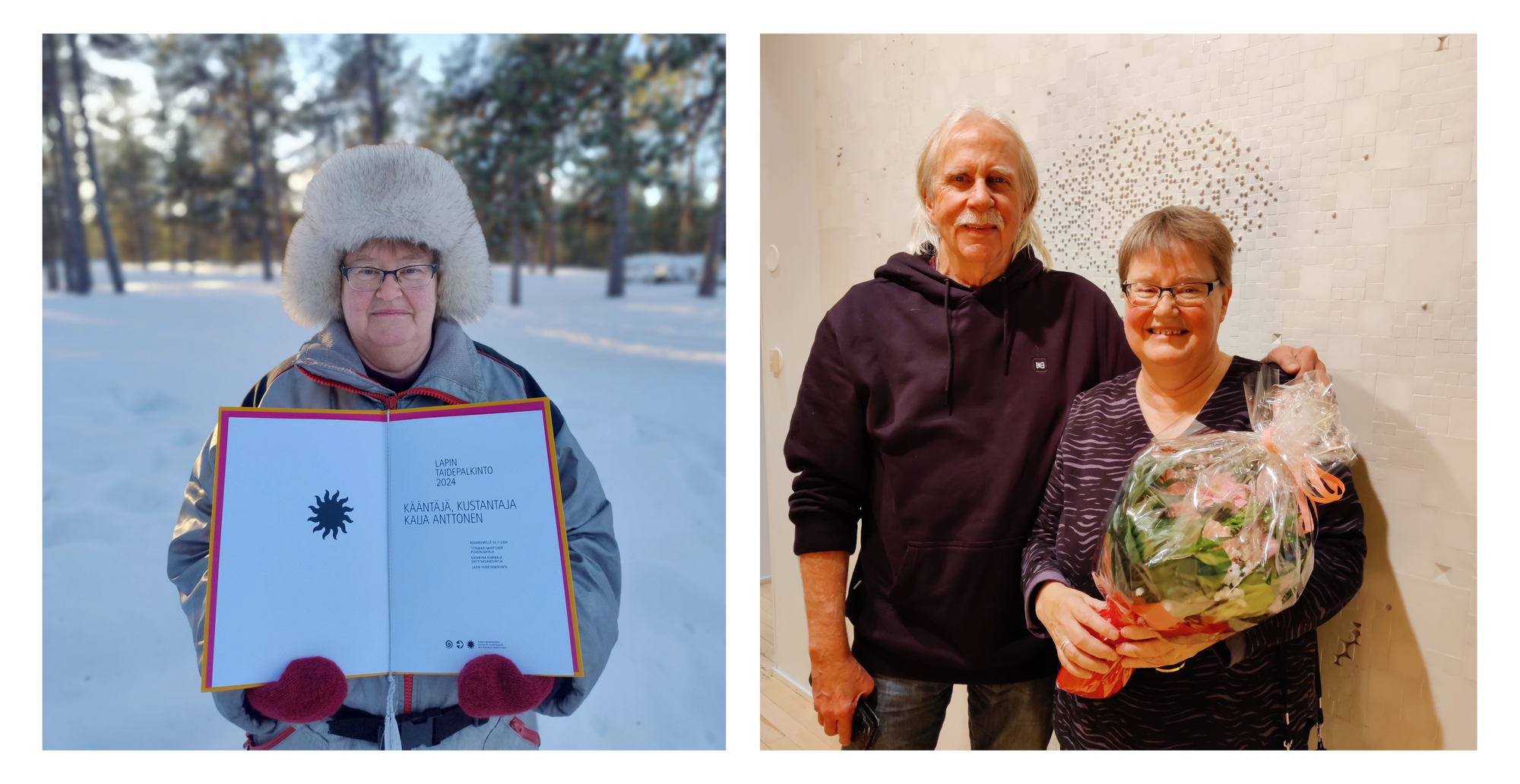
Do you have a favourite Sami book that you think everyone ought to read?
A real favourite of mine is Linnea Axelsson’s epic Ædnan. This 770-page book was awarded the esteemed August Prize when it was published in 2018. When none of the larger publishing houses in Finland dared to publish it, I chose to do so myself. The book is an account of the history of the Swedish Sámi people from the late 1800s through to the 2010s, following the lives of two families. It reveals the ways in which individual Sámi built their identities when subjected to various political changes. It is written in poetic form and very matter-of-fact, never apportioning blame. Even so, it clearly reveals the positions of power, both between the state and the Sámi people, and between men and women. In short, it depicts modern Sámi life with touching beauty. Anyone interested in the Sámi ought to read this book, which is one of the most significant Sámi books out there.
I translated the book to Finnish – a project that took almost four years. I still consider it a masterpiece among the translations I’ve worked on. Ædnan: An Epic has also been translated to English by Saskia Vogel.
What is your best translation-related memory?
My best translation memories are from the times I’ve translated Sámi poetry from Norwegian and northern Sámi into English. English is not my mother tongue, so I would never be so bold as to translate fiction without the help of a native speaker, but I have collaborated on projects of this kind with Michael Hurd, a former lecturer in English at the University of Lapland in Rovaniemi. Michael is also an author of poetry and novels. We first became acquainted when he was asked to look over my translations of Sámi poet Rauna Magga Lukkari’s The Time of the Lustful Mother. Following that initial collaboration, we have worked together on numerous translations and have also become good friends. It’s wonderful to work with Michael, going over poetry together and discussing alternatives. Michael’s sensitivity for words, style and poetry constantly astounds me. I am so used to working alone, and it is so rare that I have the opportunity to discuss and share translation and language with someone else in such detail.
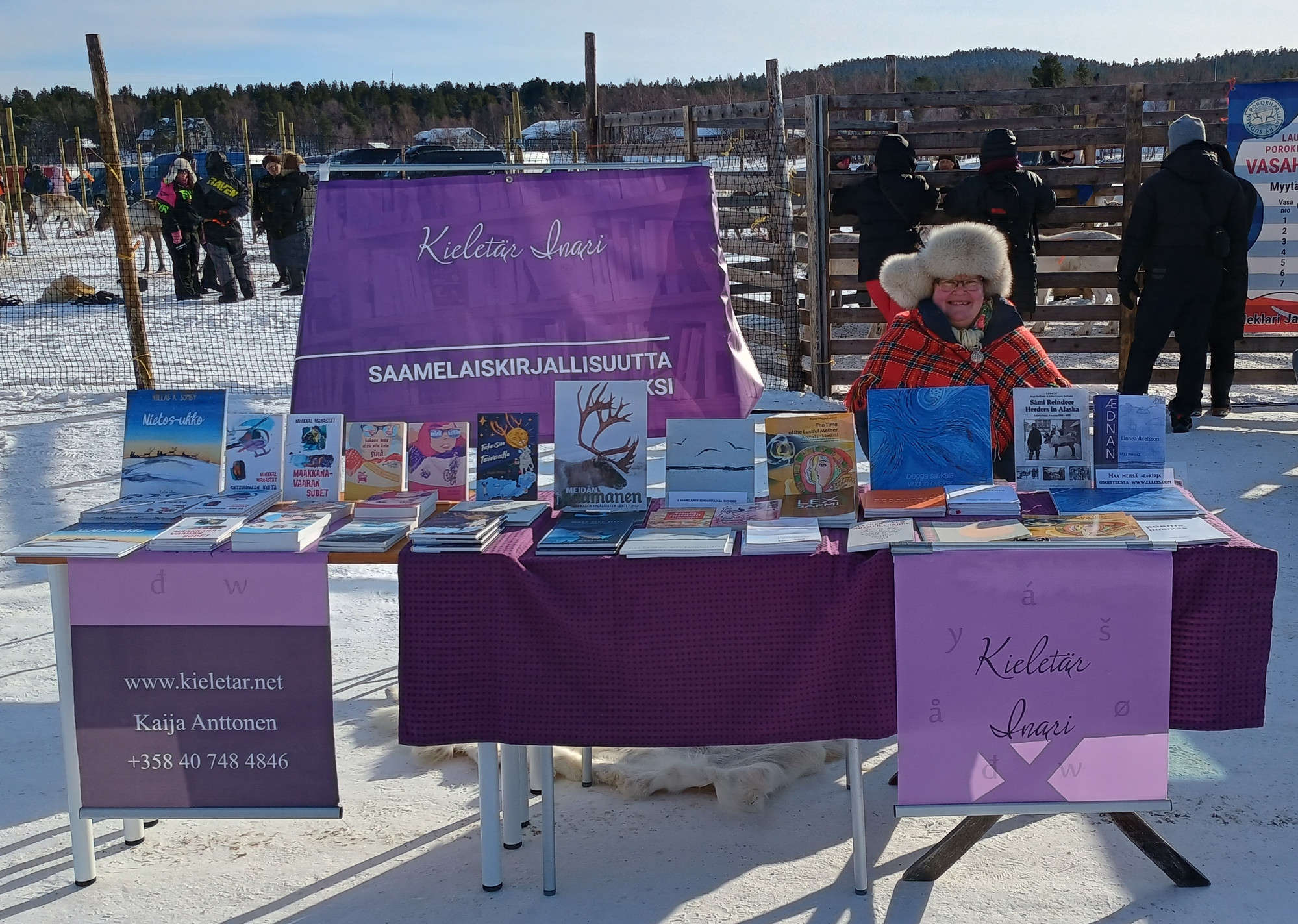
Read more
Learn more about Kaija on Books from Norway.
See the homepage of her publishing house, Kieletär Inari, here.
Those of you who understand Norwegian can read her interview in full here.
See also other translators interviewed in the Translator of the Month series.
